
Virtualization software is prevalent because of its use cases and benefits. You get to experiment, test, or run software that requires a specific OS version.
Virtualization provides an abstract concept of computer hardware to help you create virtual machines (VMs), networks, storage, and more. The benefits include isolation, security, and the freedom to test things to your heart's extent.
Different types of virtualization software cater to desktop users, server administrators, and enterprises.
While I list all kinds of virtualization software, I mention who it is for.
1. VirtualBox
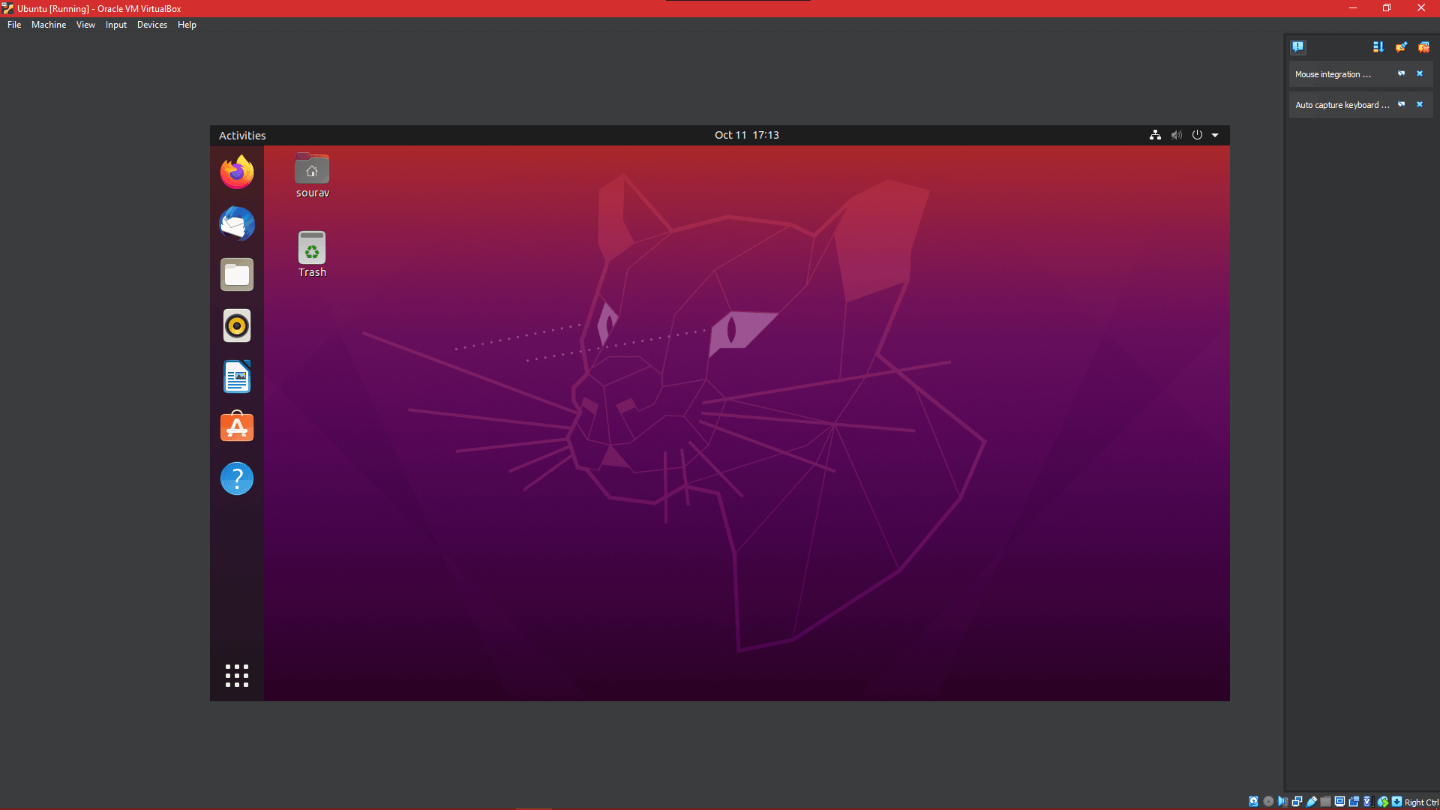
VirtualBox is a top-rated open-source virtual machine program for Linux, Windows, and macOS.
It is suitable for all kinds of users, whether you are just someone who wants to run Linux on a virtual machine, a professional who wants to create a VM for testing or an enterprise that needs a VM solution.
You can consider it as an all-in-one solution for most users. Even though it is primarily fit for desktop usage, you can try its headless mode to run a virtual machine as a remote desktop server by exploring its documentation.
Key Highlights:
- It supports a wide range of guest operating systems
- Simple user interface and fast performance
- Regularly updated
- Feature-rich
2. OpenVZ

Want to create isolated Linux containers on servers? OpenVZ should help.
You can create containers that behave like a stand-alone server. The containers have all the essential functionalities to help you manage them efficiently.
The containers run on Linux only as OpenVZ is built and distributed as a Linux distribution.
OpenVZ is an excellent pick for new users learning to work with containers considering it is easy to configure and manage. Additionally, OpenVZ-powered VPS hosting is affordable compared to some others.
Key Highlights:
- Efficient resource usage
- Simple to use and manage
3. KVM
Kernel-based Virtual Machine (KVM) is built into Linux, which is its biggest advantage. You can run VMs out of the box on Linux with KVM. It is a type-1 hypervisor i.e. hardware-based.
KVM converts the Linux host to a hypervisor to run virtual machines with bare metal like performance.
Unlike OpenVZ, KVM is highly customizable and baked into the Linux system without needing to install separately. Considering KVM provides hardware-level virtualization with the help of a hypervisor, it needs more memory and other system resources comparatively.
You can create guest/virtual machines of different operating systems with KVM. To set it up, you can explore Ubuntu's official blog post on KVM installation.
Key Highlights:
- Highly customizable and complex to setup
- Baked in with Linux
4. GNOME Boxes

Key Highlights:
- Modern UX
- Simple and easy to use
GNOME Boxes is the simplest virtualization program for users looking to download test distros as quickly as possible.
Compared to some other solutions, GNOME Boxes may not feature all kinds of features but the essentials. The user experience is simple, and it is easy to use for newbies.
5. VMware Workstation Pro (Not FOSS)
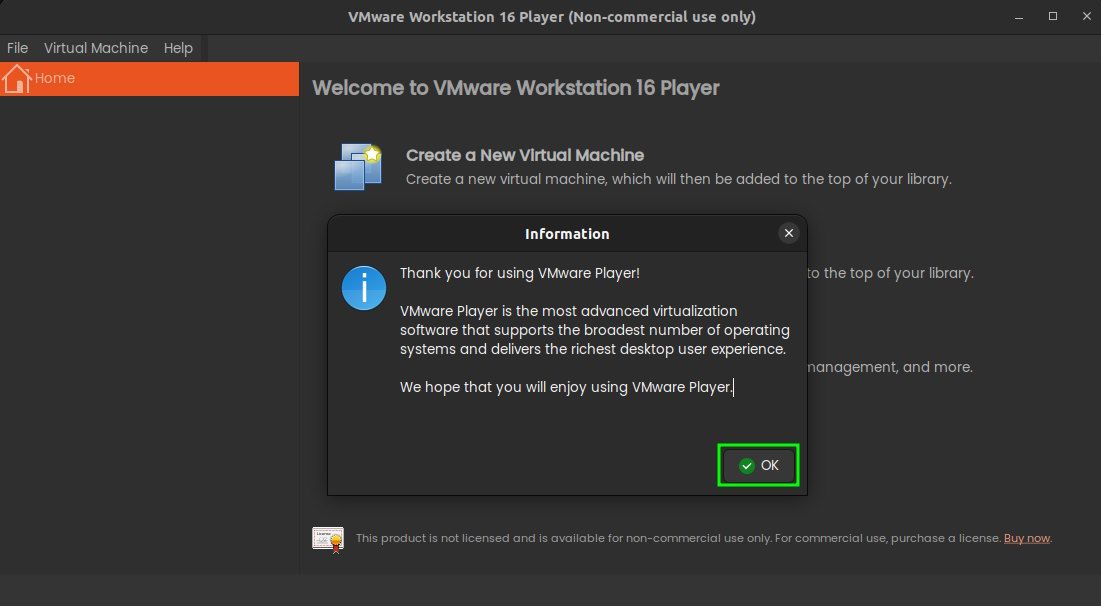
Key Highlights
- Personal and enterprise server offerings
- Easy to use
- Free to use but needs you to sign up for a Broadcom account
VMware Workstation Pro is an incredibly popular virtual machine program for Linux and Windows. You can use VMWare Fusion for macOS.
While it is a proprietary solution, it is one of the industry-leading options used by personal users and enterprises. There are several other offerings by VMware related to cloud computing.
So, if you want a desktop virtualization program, VMware Workstation Pro (which was originally a premium edition before the company was acquired by Broadcom) can be a good pick for you. For others, there are plenty of other editions for server and cloud providers.
6. Xen
Xen is one of the oldest virtualization software used by Amazon And Red Hat. While most have switched to using KVM over Xen, it is still an option for cloud infrastructure.
Yes, Xen is tailored for more server usage than desktop virtualization. It supports Linux, Windows, and FreeBSD.
Key Highlights:
- Tailored for server infrastructure
- Supports para-virtualization (which most others don't)
7. oVirt
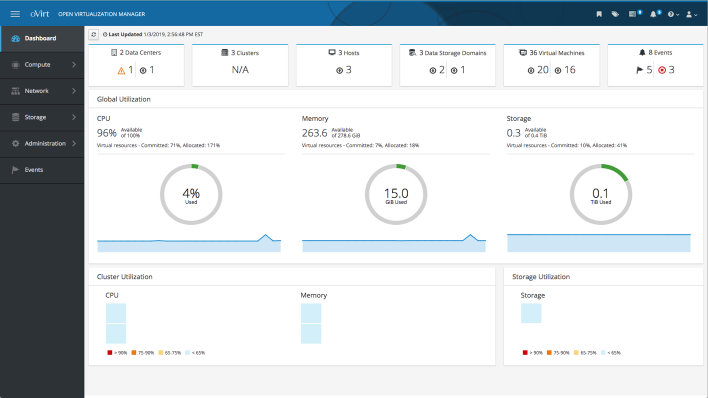
oVirt is an excellent open-source solution for communities and enterprises looking for a tool to manage server architecture. It is a management tool that utilizes KVM.
You get a rich web-based user interface to manage everything in it, hosts, storage, and network configuration. It also supports live migration of virtual machines for convenience.
Considering it does not support the Windows platform, it is tailored to work with Red Hat Enterprise Linux (RHEL) and CentOS Linux.
Key Highlights:
- Enterprise-focused
- Uses KVM hypervisor
- Distributed virtualization solution
- Not suitable for beginners
8. Proxmox
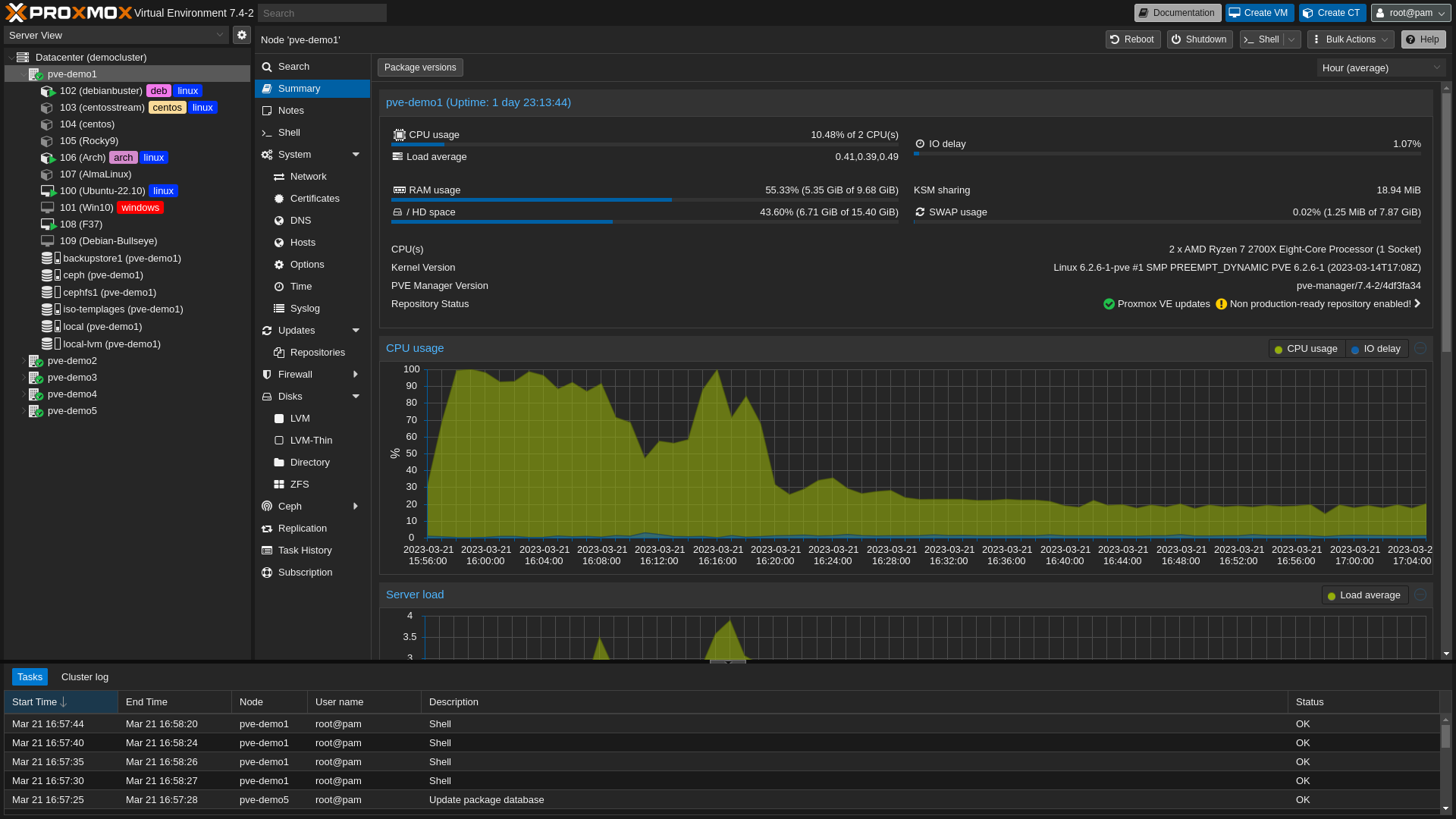
Proxmox is yet another open-source virtualization platform tailored for enterprises.
You need to get a subscription to receive software updates and technical help. As per your requirements, you can opt for one of them. Not just limited to virtual environment platforms, they also offer backup and email security solutions if you plan to explore for your enterprise infrastructure.
Key Highlights:
- Easy to setup
- Well documented
9. QEMU

QEMU is a nice virtual machine program (and emulator) available across multiple platforms.
It supports a wide range of hardware architectures and guest operating systems. You can couple it with KVM to run VMs that perform well because KVM is a hardware-level virtualization tool, and QEMU is a software-level virtualization program.
Technically, QEMU is a type-2 hypervisor.
If you want a tool that utilizes QEMU at its core and makes it easy for beginners to create virtual machines, you can explore Quickgui.
Key Highlights:
- Wide range of operating system support
- It provides flexibility without depending on your hardware
Extra: Hyper-V (for Linux VMs on Windows)
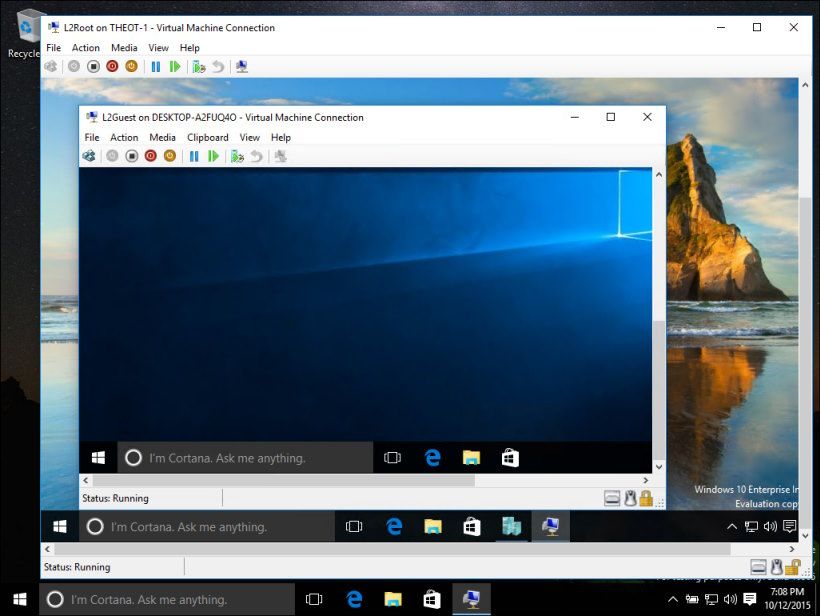
Hyper-V is a hypervisor that comes baked in with the Microsoft Windows operating system.
While it is not for Linux, it supports running Linux as a guest operating system. You can run distros like Kali Linux and Ubuntu with Hyper-V on Windows.
There are some feature differences with Hyper-V on Windows desktop edition and server. So, you might want to review its official documentation per your use case.
Key Highlights:
- Available for Windows as a type 1 hypervisor
- Fast performance
- Supports Windows and Linux operating systems
- Works for desktop and server users
Virtualization is Easy Because of These Tools
Virtualization was a concept starting to get ahead a decade back. Now almost everyone familiar with computing knows it.
The programs available to facilitate are easy to use and offer features that uncomplicate things for professionals and home users. For the most part, solutions like VirtualBox, GNOME Boxes, and VMware should be the pick for new users.
If you are an enterprise or a techie, you can look for other options per your requirements.
💬 What is your favorite virtualization software to run on Linux? Do you prefer using hypervisors instead of Linux or another host operating system? Share your thoughts in the comments below.
It's FOSS turns 13! 13 years of helping people use Linux ❤️
And we need your help to go on for 13 more years. Support us with a Plus membership and enjoy an ad-free reading experience and get a Linux eBook for free.
To celebrate 13 years of It's FOSS, we have a lifetime membership option with reduced pricing of just $76. This is valid until 25th June only.
If you ever wanted to appreciate our work with Plus membership but didn't like the recurring subscription, this is your chance 😃

